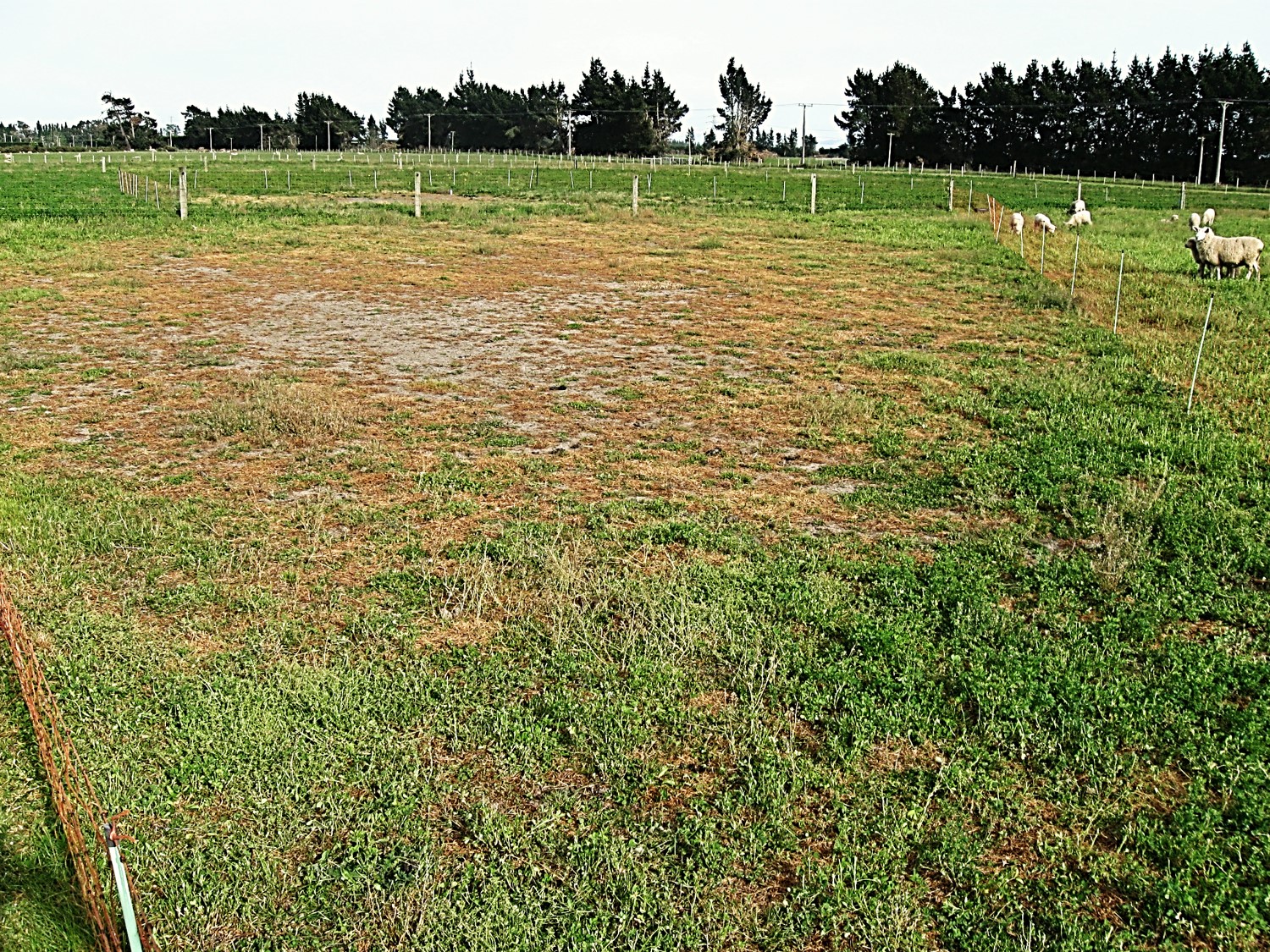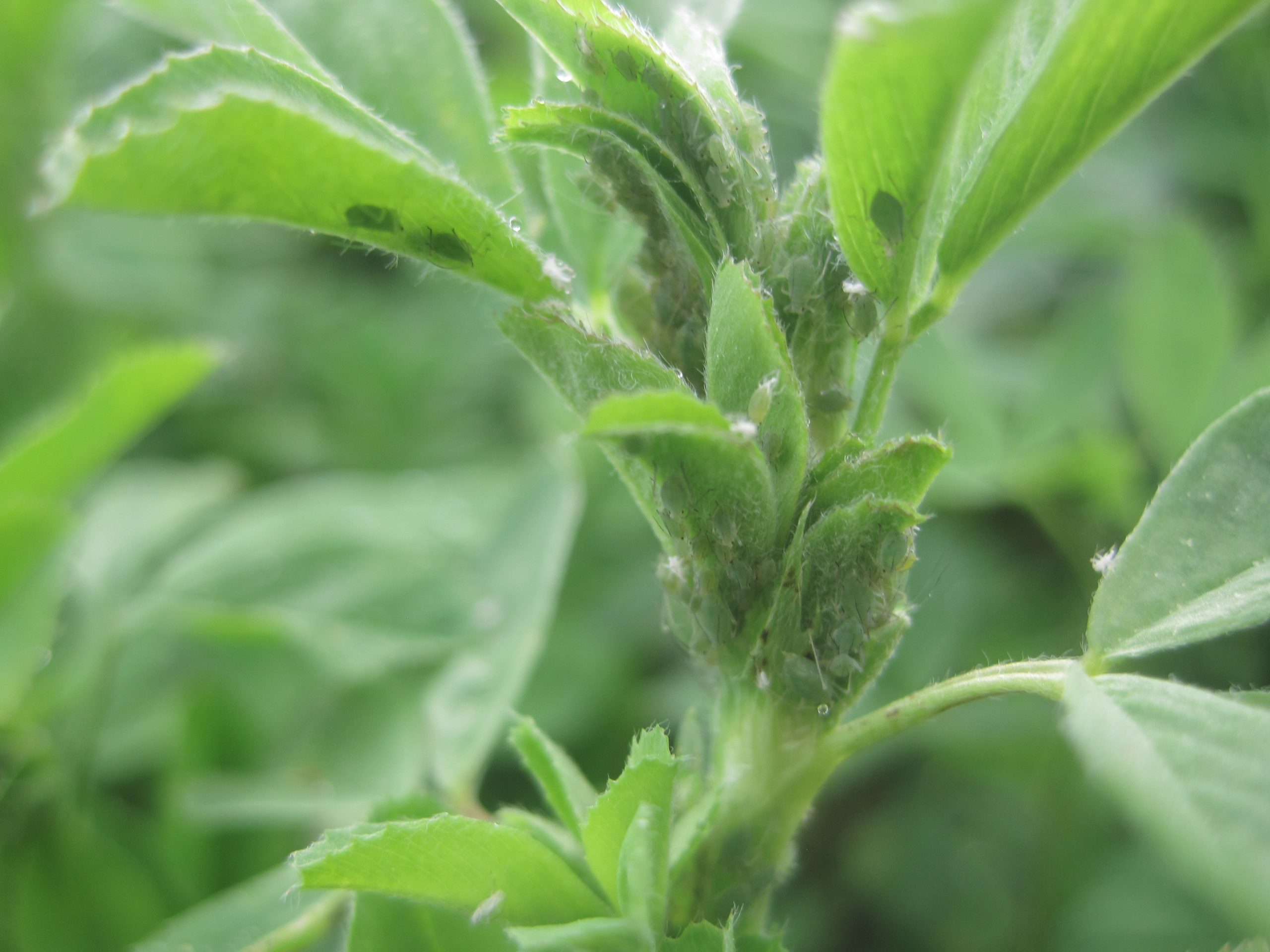Early autumn rains give perfect conditions for Sub clover
Posted on behalf of Dick Lucas The recent early autumn, record rain in North Canterbury and other east coast areas will give perfect conditions for an early flush of sub clover seedlings in dryland pastures. In milder coastal areas and north hill faces, if sub clover/grass pastures have an average of 10 sub seedlings per … Read more






